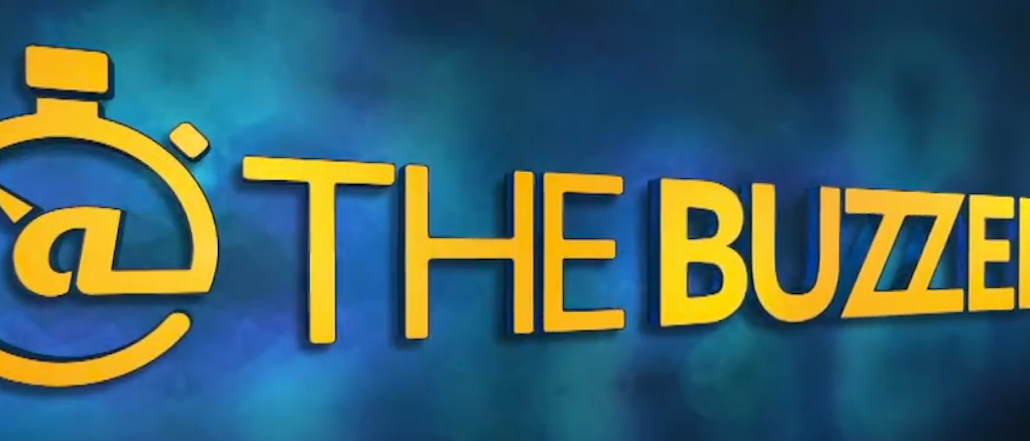Facebook, Twitter, YouTube? How ‘@TheBuzzer’ decides where to post its videos

The proliferation of video on social platforms has been largely positive for both publishers and enterprising social media personalities. Facebook’s native video player, for example, has provided publishers with an alternative to YouTube, and, if Facebook gets its wish, a new, incremental revenue stream for publishers who elect to publish their videos directly to the social platform.
And short-form video apps such as Vine have given rise to numerous self-made stars such as Jerome Jarré, who has parlayed his stardom into deals with brands such as G.E. and appearances with Vogue editor Anna Wintour and Ben Stiller in character as Derek “Zoolander.”
But along with the rise of so many video platforms — such as Twitter’s native video player — comes a corresponding increase in the amount of thought and work a publisher must put toward its video strategy. While nearly every major platform now has video, each platform has a distinct nature that’s reflected in what kinds of videos its users most enjoy.
Digiday talked to “@TheBuzzer” — a sports show Fox Sports network created in April 2014 to be broadcast almost exclusively on social platforms — about how it approaches publishing videos to Facebook, Twitter and YouTube.
Twitter is for in-the-moment conversations.
If Facebook is for second-day stories, then Twitter is for in the moment news, according to show producer Michael Jankolovits. Twitter is excellent at driving conversations around a certain topic. An example would be this 50-second video it produced about NFL teams’ recent off-season moves.
The #Bills, #Jets, & #Dolphins have made big moves but @anezbitt has 2 reasons why #Patriots are best in AFC East. https://t.co/KGrUpv2x6k
— AtTheBuzzer (@TheBuzzerOnFOX) March 11, 2015
“@TheBuzzer”’s Twitter experience falls in line with its reputation as the premier platform for breaking news and news junkies. But “@TheBuzzer” also shows that while Twitter might fuel a raucous debate, it delivers far fewer viewers than Facebook, a subject The Atlantic writer Derek Thompson wrote about extensively in February.
Facebook is for second-day stories.
Facebook accounts for far and away the largest source of “@TheBuzzer”’s viewership: Since November 2014, 95 percent of the show’s views came from Facebook’s native video player (thanks in no small part to the autoplay feature). For “@TheBuzzer,” Facebook is home to what editors at print publications might call “second-day stories”: analysis of recently broken news.
“@TheBuzzer” didn’t break stories about the Philadelphia Eagles’s off-season moves, for example, but it did analyze what the new team will look like come this fall.
Facebook is the place where “@TheBuzzer” presents the news “with our own take,” said Michael Jankolovits.
YouTube is for evergreen appeal.
“@TheBuzzer” has gradually decreased its YouTube output despite launching in YouTube’s production space in Los Angeles, Jankolovits told Digiday. That correlated with “@TheBuzzer” deciding late last summer to focus on more timely stories, which perform better on Facebook and Twitter than on YouTube, he added.
But YouTube still provides value for less topical, more evergreen subjects, according to Jankolovits.
“If we have original content that we think has a lifespan of more than a few days, maybe two months, that’s what we’ll push to YouTube,” Jankolovits said.
There are rare moments when “@TheBuzzer” publishes a video to all three platforms, as it did with the below video about why Golden State Warriors guard Stephen Curry should be named the NBA’s Most Valuable Player.
The story was published to Twitter the night Curry’s Warriors played the Atlanta Hawks in order to take advantage of Twitter chatter about the match-up, Jankolovits said. It was well-suited for Facebook because the debate had been in the news for several days. And it works well on YouTube because the MVP conversation will almost certainly resurface toward the end of the season.
But of all three of the platforms, Facebook performed the best, Jankolovits said.
Image courtesy @TheBuzzer
More in Media

From sidelines to spotlight: Esports events are putting creators center stage
Esports events’ embrace of content creators reflects advertisers’ changing priorities across both gaming and the wider culture. In the past, marketers viewed esports as one of the best ways to reach gamers. In 2025, brands are instead prioritizing creators in their outreach to audiences across demographics and interest areas, including gaming.

Condé Nast and Hearst strike Amazon AI licensing deals for Rufus
Condé Nast and Hearst have joined the New York Times in signing a licensing deal with Amazon for its AI-powered shopping assistant Rufus.

Media Briefing: AI payouts may be entering a new era
AI compensation is evolving — and new models, not just publisher demands, are driving the shift beyond flat-fee licensing.





